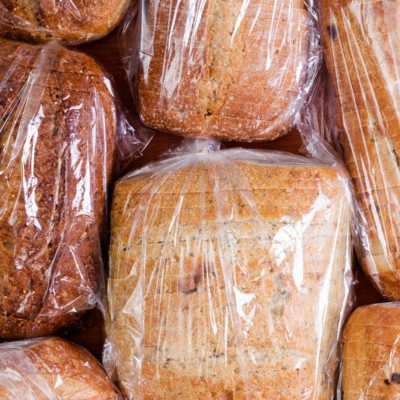Function
The three main categories of artificial preservatives are:2
- Antimicrobials: restrict and inhibit the growth of spoilage organisms, such as mold and rope bacteria.
- Antioxidants: stabilize fats and oils, as well as delay their oxidation. Also, they prevent discoloration of natural pigments.
- Chelating agents (sequestrants): aid in binding metals that can cause oxidation in fats and oils.
Antimicrobials1,2,3
| Relevant aspects / benefits | Application | Challenges | |
| Benzoates (Potassium, calcium and sodium)Active component: Benzoic acid |
|
|
|
| Propionates (calcium – CalPro, and sodium)Active component: Propionic acid |
|
|
|
| Sorbate (Potassium)Active component: Sorbic acid |
|
|
|
Antioxidants2,3
| Relevant aspects / benefits | Challenges | |
| Ascorbic acid (vitamin C) |
|
|
| Butylated hydroxyanisole (BHA)Butylated hydroxytoluene (BHT)Propyl gallate (PG)
Tert-Butylhydroquinone (TBHQ) |
|
|
Sequestrants2,3
| Relevant aspects / benefits | Challenges | |
| Citric AcidEthylenediaminetetraacetic acid (EDTA)Polyphosphates |
|
|
FDA regulation
| Preservative | Usage limit3 | Status3 |
| Antimicrobials | ||
| Benzoates | 0.1% | GRAS |
| Propionates and Sorbate | The ingredient is used in baked goods at levels according to current GMP. | GRAS |
| Antioxidants | ||
| Vitamin C | The ingredient is used in baked goods at levels according to current GMP. | GRAS |
| BHA and BHT | General use: 0.02%, based on the weight of the fat or oil. | GRAS |
| PG | Not allowed to use in combination with TBHQ.For general use: 0.02%, alone or in combination with BHT or BHA by weight of lipid portion of food. | GRAS |
| TBHQ | Not allowed to use in combination with PG.For general use: 0.02%, based on lipid content of food. | Not GRAS |
| Sequestrants | ||
| EDTA | 60 ppm spice extracts in soluble carriers100 ppm pecan pie filling100 ppm in artificially colored lemon | Not GRAS |
| Polyphosphates and Citric acid | The ingredient is used in foods at levels according to current GMP. | GRAS |
References
- Tucker, G.S. Food Preservation and Biodeterioration, 2nd Edition, by John Wiley & Sons, Ltd, 2016, pp. 1–35;193–204.
- Igoe, R.S. Dictionary of Food Ingredients, 5th Edition, by Springer Science+Business Media, LLC, 2011, pp. 3–244.
- Smith, J. Food Additives Data Book, 2nd Edition, Blackwell Publishing Ltd., 2011, pp. 2–916.

